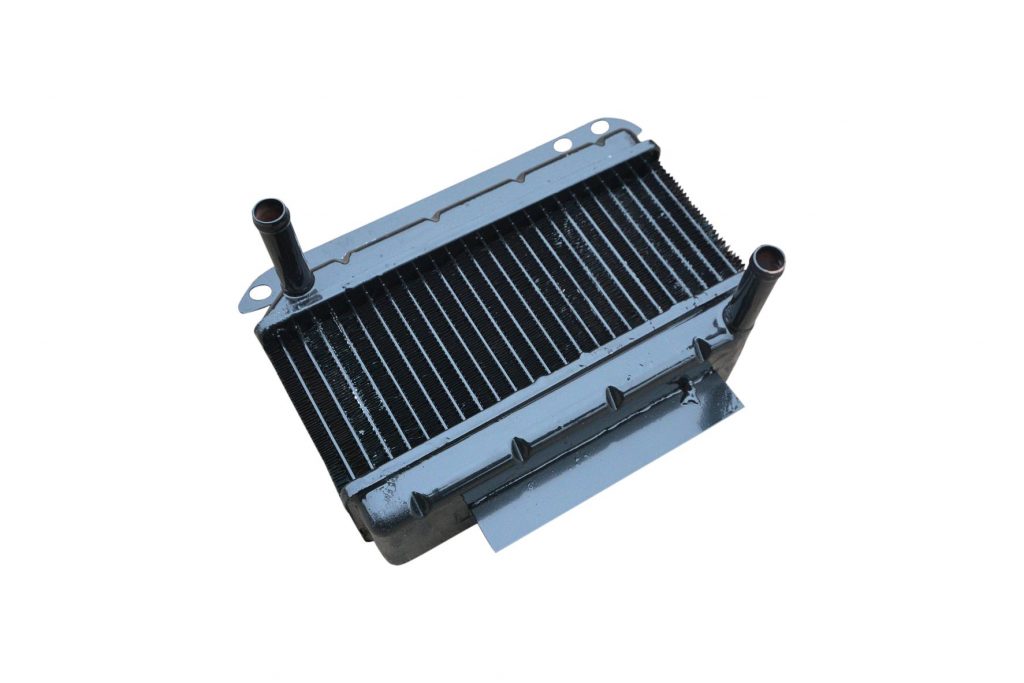
A heater core is responsible for transmitting warm air inside the interior of the vehicle via its blower motor. Whenever the heat is activated, a heater core will extract heated coolant via the engine, and then the blower motor will transfer air over the heated core tubes and inside the vehicle’s cabin via its air vents. Below are some signs of a clogged heater core and how to fix it.
Common Symptoms of Clogging
- The cabin smells sweet: This is probably caused by heater leakage. The scent is emitted by the coolant, and if you can also smell it while outside the vehicle, you’ll want to check underneath for coolant loss. You might also notice liquid puddles on the floor of the cabin, usually on the side of the passenger.
- The car interior is foggy: If you notice that your vehicle’s cabin is foggy, and the windows are covered in moisture, this means that your heater core is probably blown. When this happens, warmer coolant will begin leaking inside your cabin, and it will also evaporate in the form of steam which produces a strong fog inside the vehicle.
- The passenger compartment is too cold: If the passenger compartment is much colder than other areas of the vehicle, it might mean that your blower motor has gone bad, or you have a heater core that is defective. A heater core that is punctured will lead to a situation where warmer heater air must evaporate prior to entering heat ducts inside the vehicle’s interior.
- The engine is overheating: When your heater core is damaged or faulty, it might cause your engine to overheat. This is a big deal because the high temperatures can cause serious damage to your engine components. You’ll need to find the source of the problem and while operating the vehicle you should monitor the instrument cluster.
Why Do Heater Cores Clog Up?
Heater cores can clog up for the following reasons:
- Mixing oil with coolant
Should coolant and oil come into contact with one another, it will produce sludge or rust inside the cooling unit. Then the sludge will circulate to multiple cooling components and cause clogging.
- Rust Buildup
Rust or corrosion prevents the vehicle’s cooling system from operating at peak efficiency. It is created by utilizing prolonged coolant within a radiator which causes the heater exchangers to suffer.
- Applying Stop Leak Solutions
There is numerous “stop leak” merchandise on the market which claims to repair coolant leaks easily. While many of these products do work, they come with side effects, one of which is clogging.
How to Fix Heater Core Clogging
First, you need to test the heater core and identify the hoses. The best type of test is pressure testing. Then disconnect the hoses and flush out your heater core, which can be done with an unclog kit. Once this is done you’ll need to reattach the hoses for the heater core and apply a coolant which is recommended.
Inspect your work by reviewing the coolant level and top up within the reservoir and radiator. When starting up your engine, wait a few moments and then activate the heat, and watch the temperature gauges to ensure no overheating occurs.
